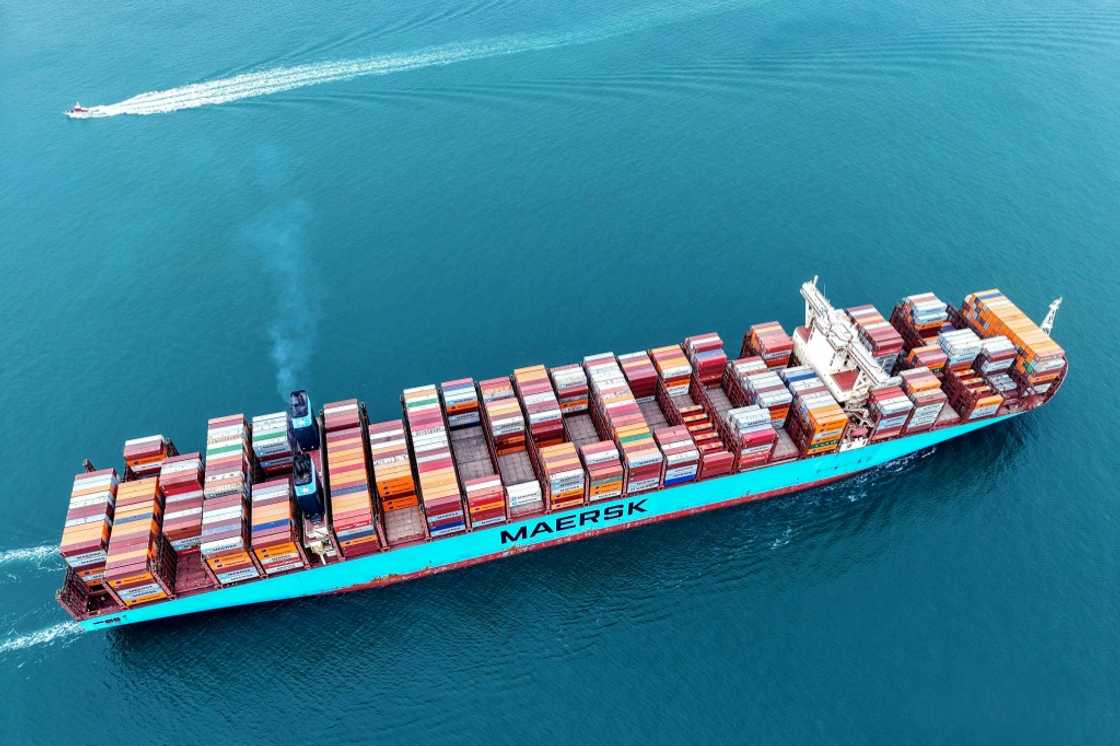
China said Friday sales to the United States slumped last month while its total exports topped forecasts, as Beijing fought a gruelling trade war with its superpower rival.
Trade between the world’s two largest economies has nearly skidded to a halt since US President Donald Trump imposed various rounds of levies on China that began as retaliation for Beijing’s alleged role in a devastating fentanyl crisis.
Tariffs on many Chinese products now reach as high as 145 percent — with cumulative duties on some goods soaring to a staggering 245 percent.
Beijing has retaliated with 125 percent tariffs on U.S. products, as well as implementing various actions against American companies.
Against that backdrop, analysts polled by Bloomberg had expected exports to rise just 2.0 percent year-on-year last month.
But they beat expectations, coming in at 8.1 percent.
However, exports to the United States — one of China’s top trading partners — fell 17.6 percent month-on-month, data showed.
“The damage of the US tariffs has not shown up in the trade data in April,” Zhiwei Zhang, president and chief economist at Pinpoint Asset Management, said in a note.
He noted this could be partially attributed to cargo being rerouted through different nations and also owing to trade agreements established prior to the announcement of new tariffs.
I anticipate that trade figures will slowly decline over the coming several months.
The US Treasury Secretary, Scott Bessent, along with Trade Representative Jamieson Greer, will convene with China’s Vice Premier, He Lifeng, in Switzerland this coming Saturday and Sunday. This meeting signifies the initial discussions between the two major powers following President Trump’s announcement of new tariffs.
In April, imports exceeded forecasts by declining 0.2%, as opposed to the 6% decrease anticipated by economists.
Overseas purchases were likewise under close observation as an important indicator of consumer demand in China, which continues to be weak.
This week, policymakers relaxed major monetary policy instruments to stimulate domestic economic activities.
These measures involved reducing a major interest rate along with steps to decrease the reserves banks are required to maintain, aiming to encourage more lending.
A continuing crisis in the real estate sector — which was previously a major contributor to growth — continues to hinder economic progress.
To assist the sector, Pan announced that the bank would reduce the rate for first-time homebuyers taking loans with terms longer than five years to 2.6%, down from 2.85%.
These measures stand out as some of China’s most substantial actions to invigorate the economy since September.
However, experts noted the absence of essential stimulus funding required to propel the economy forward again.

Leave a Reply